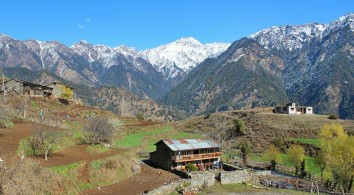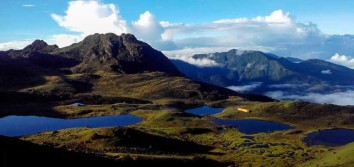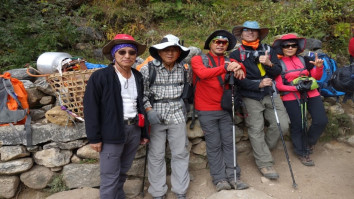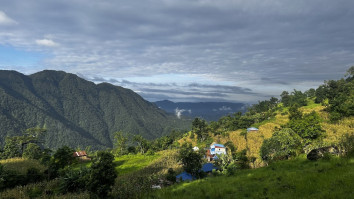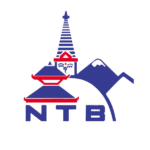Tamang Heritage Trail Trek – A Cultural Gem in the Langtang Region
The Tamang Heritage Trail Trek is a culturally rich and moderately challenging trekking route nestled in the Langtang region of Nepal, offering a unique blend of Himalayan landscapes and authentic Tamang culture. Ideal for those seeking to explore beyond the usual trekking routes, this trek provides an immersive experience in one of Nepal's most unspoiled ethnic regions, all while remaining close to the capital, Kathmandu.
A Hidden Treasure in the Langtang Region
Located north of Kathmandu Valley and bordering Tibet, the Tamang Heritage Trail winds through scenic villages, terraced fields, dense forests, and alpine meadows. The route was developed with the support of the Tourism for Rural Poverty Alleviation Programme and is designed to promote sustainable tourism while empowering local communities.
Trekkers are treated to panoramic views of snow-capped peaks such as Langtang Lirung, Ganesh Himal, and Shishapangma. The trail also passes through parts of Langtang National Park, home to diverse flora and fauna, including red pandas, Himalayan black bears, and a variety of bird species.
Cultural Immersion with the Tamang People
The highlight of the Tamang Heritage Trek is the opportunity to interact with the Tamang ethnic community, one of the oldest and most culturally rich groups in Nepal. Influenced by Tibetan Buddhism, the Tamang people offer visitors a glimpse into their traditional lifestyle, architecture, festivals, and spiritual practices.
Trekkers will visit charming villages like Gatlang, Tatopani, Thuman, Briddim, and Rasuwagadhi, where ancient monasteries, prayer wheels, and chortens dot the landscape. Warm homestays provide a genuine cultural trek in Nepal, allowing trekkers to enjoy traditional Tamang cuisine, music, and hospitality.
Itinerary and Accessibility
The Tamang Heritage Trail trek itinerary typically lasts 7 to 10 days, making it a great option for those with limited time but a desire for a meaningful trekking experience. The trail starts with a scenic drive from Kathmandu to Syabrubesi, the gateway to both the Tamang Heritage and Langtang Valley treks.
The route is well-marked and suitable for trekkers of all levels, including beginners. Unlike more commercialized routes like the Everest Base Camp Trek or the Annapurna Circuit Trek, the Tamang Heritage Trail offers peace, solitude, and a more authentic experience of rural Nepal.
Why Choose the Tamang Heritage Trail Trek?
- Off-the-beaten-path trek with fewer crowds
- Rich exposure to the Tamang culture and traditions
- Stunning views of the Langtang Himalayan range
- Easy to combine with the Langtang Valley trek or the Gosaikunda trek
- Affordable and perfect for short treks in Nepal

 WhatsApp
WhatsApp  Plan Your Trip
Plan Your Trip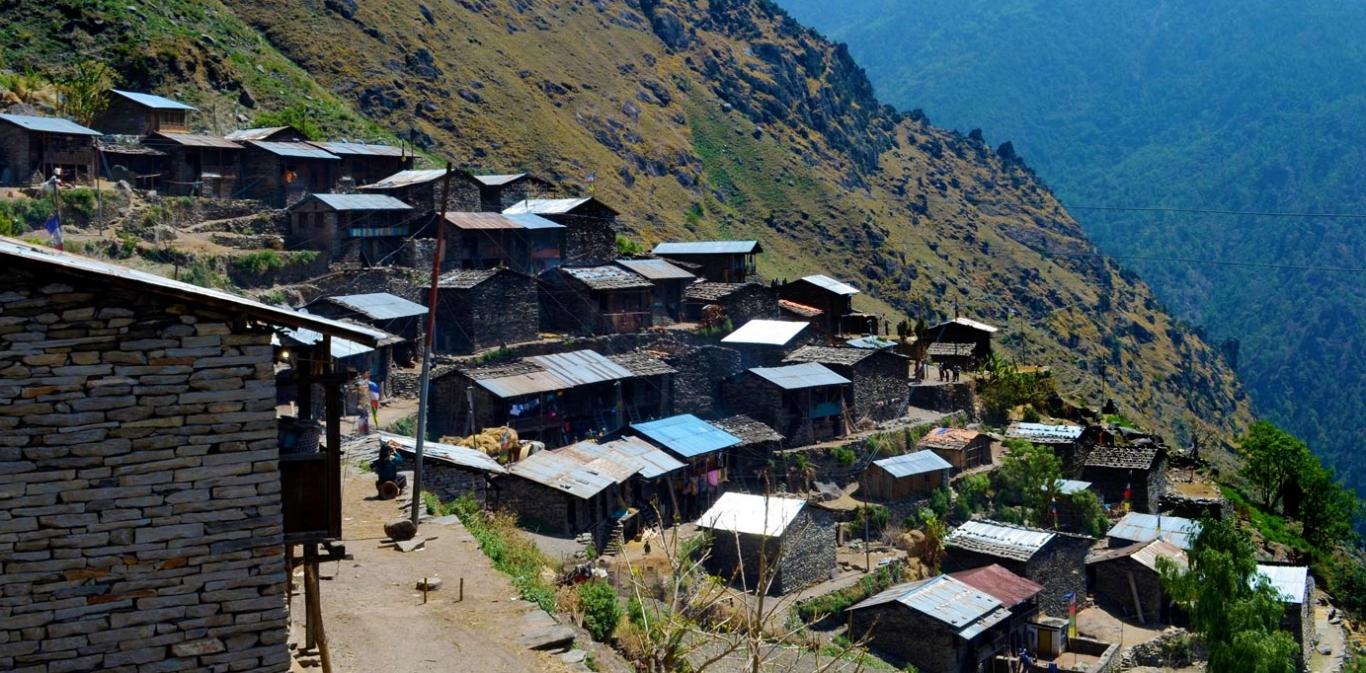





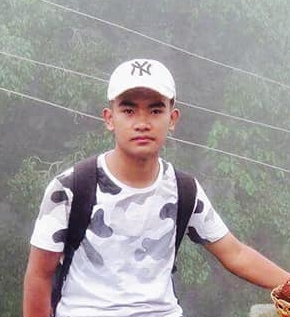




.jpg)
 US$795
US$795 
